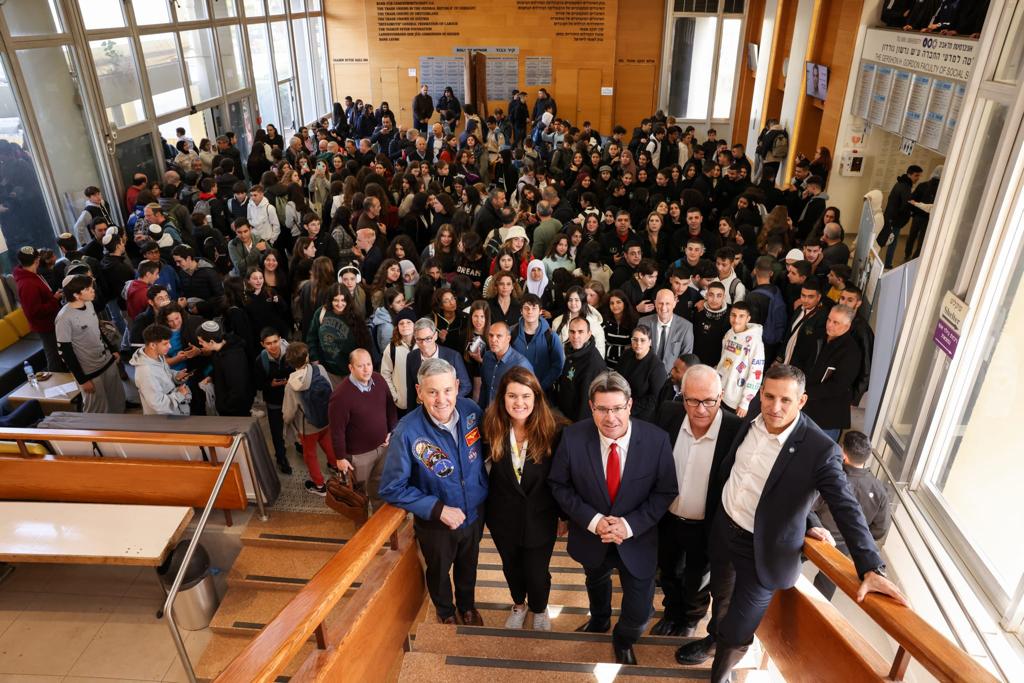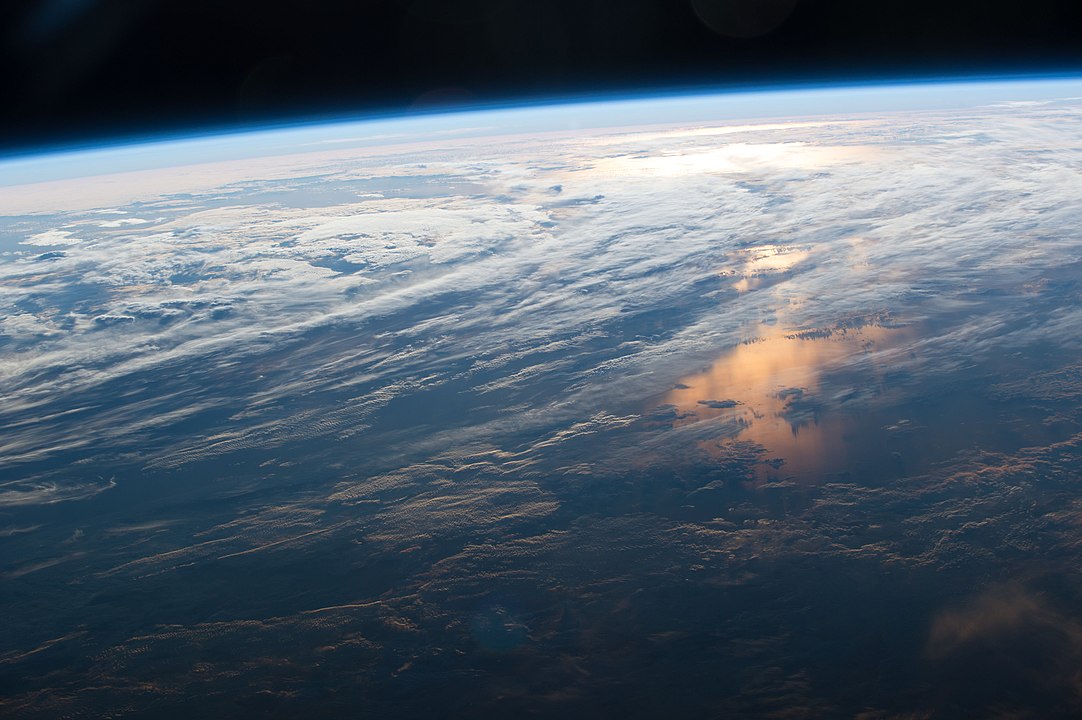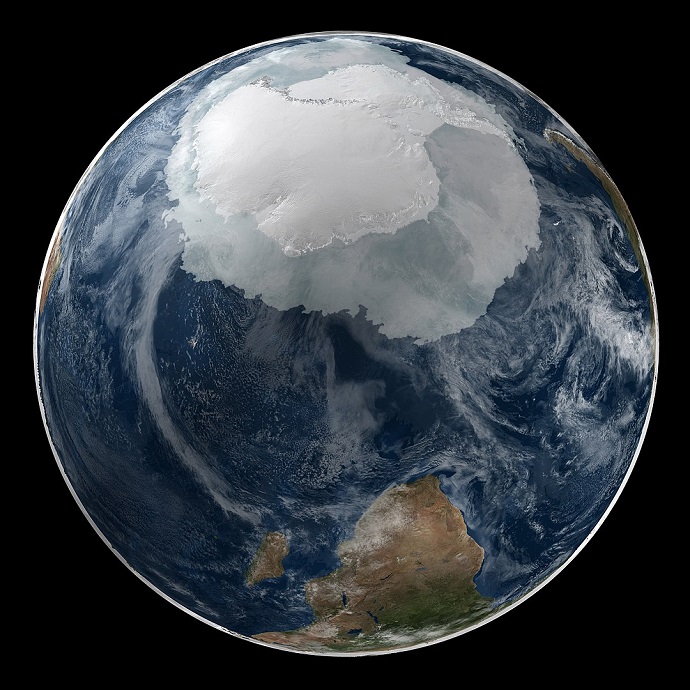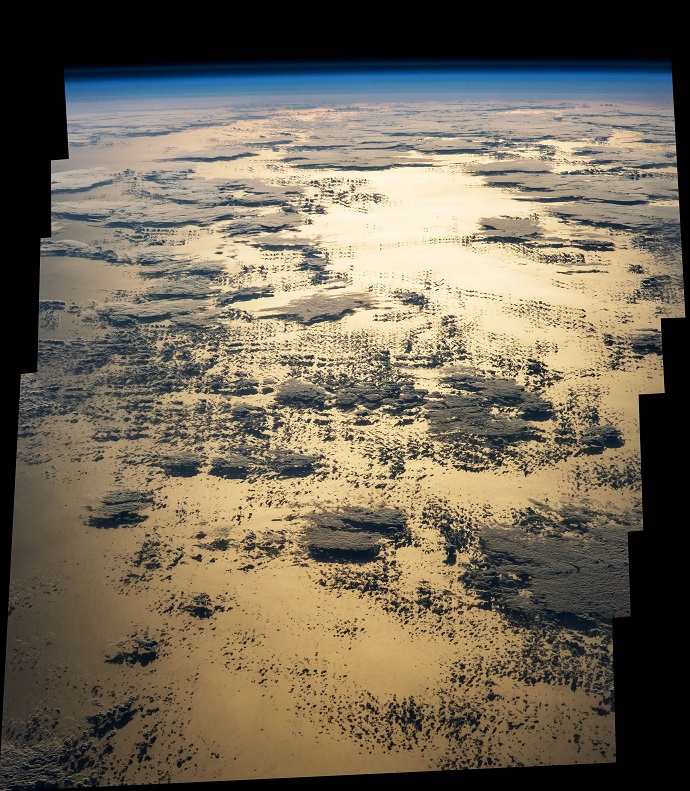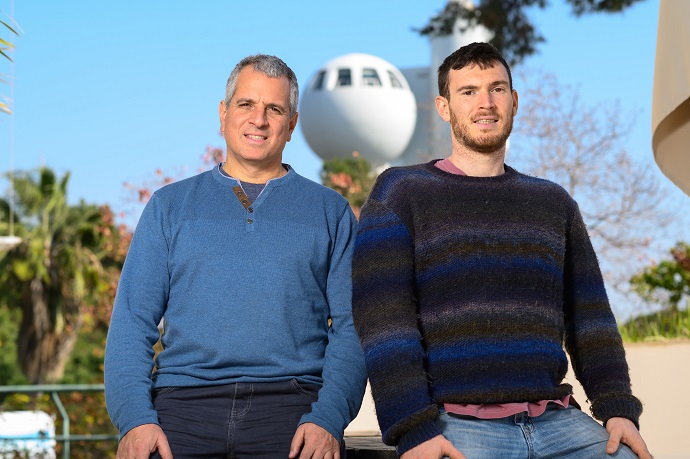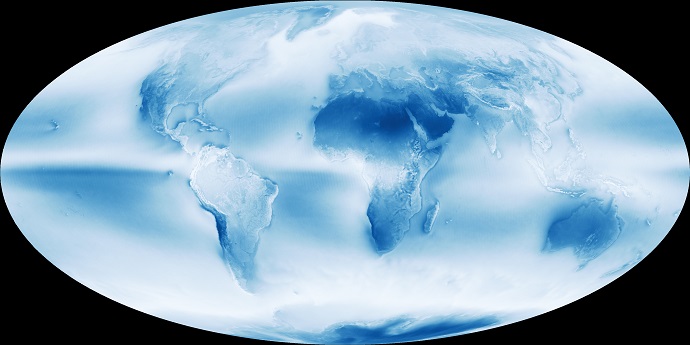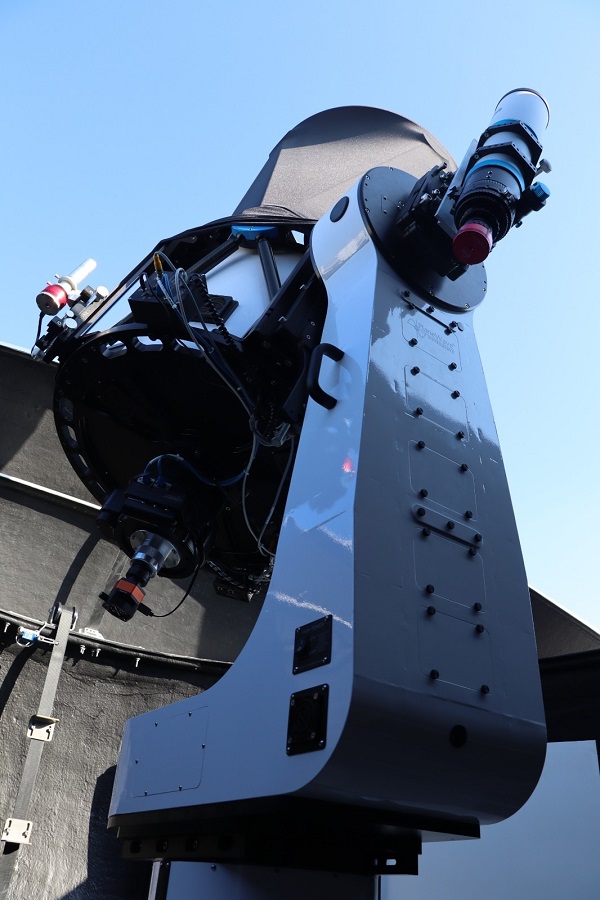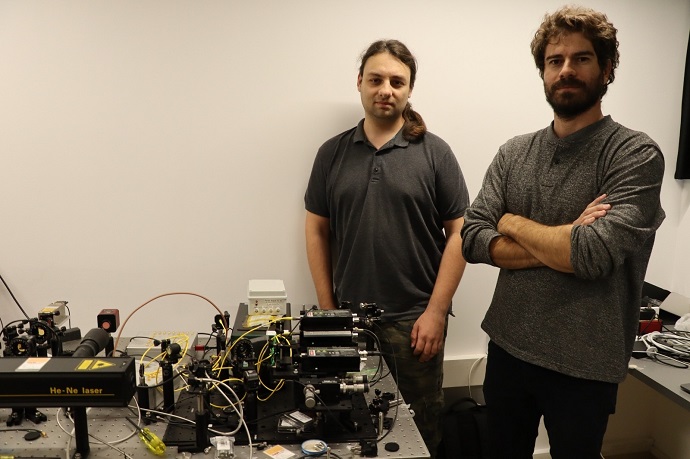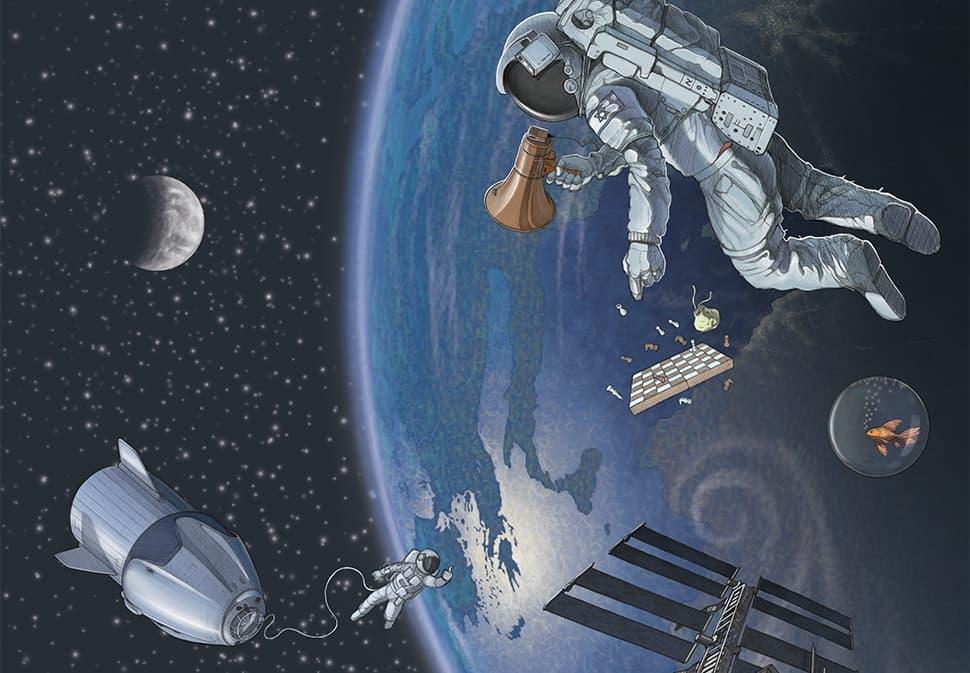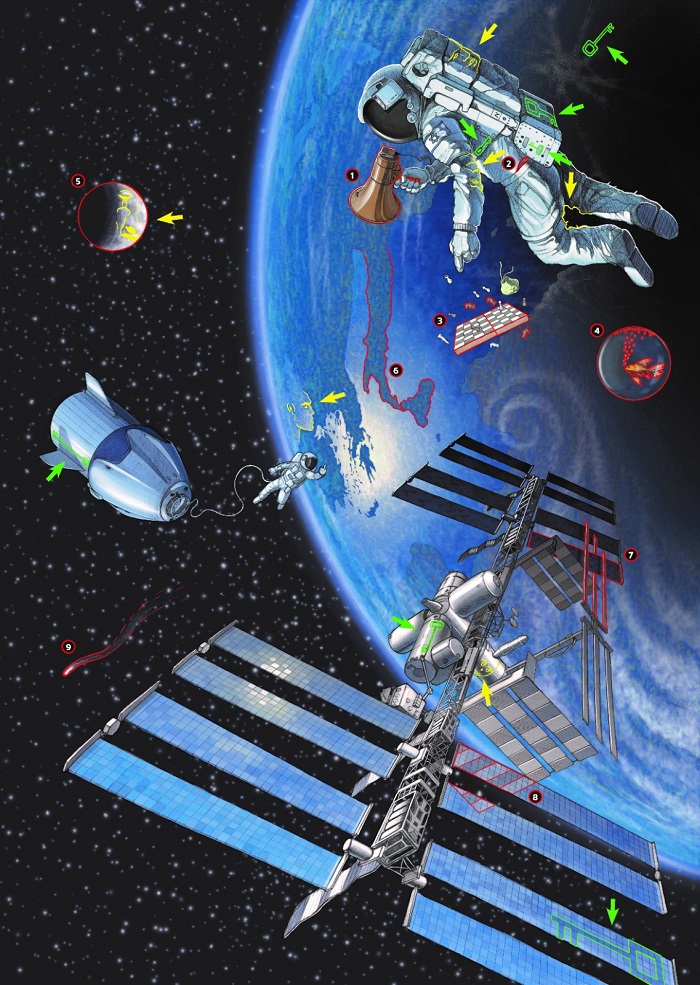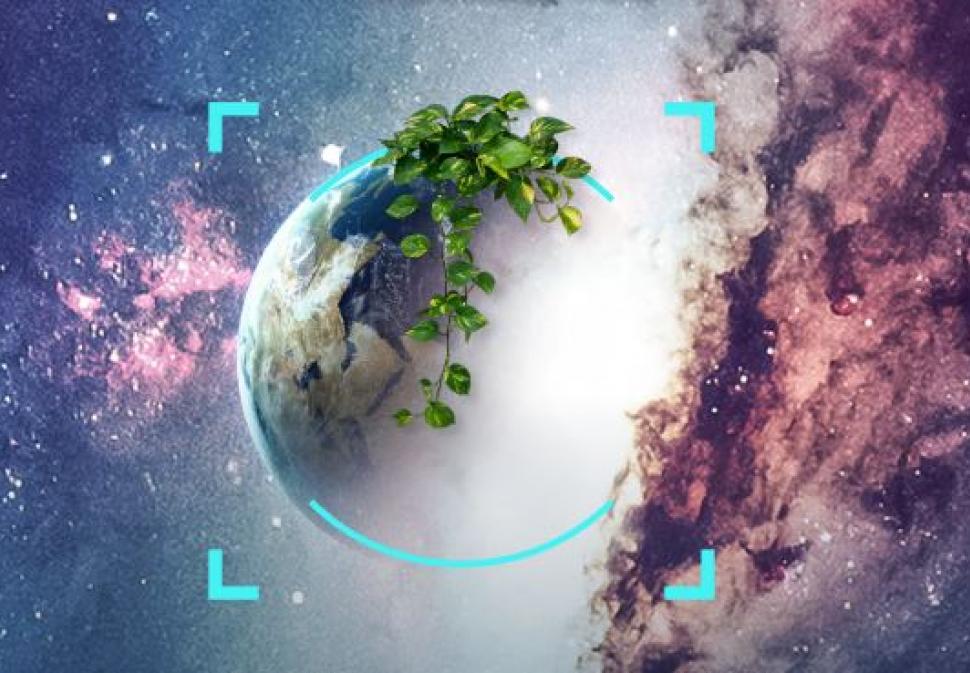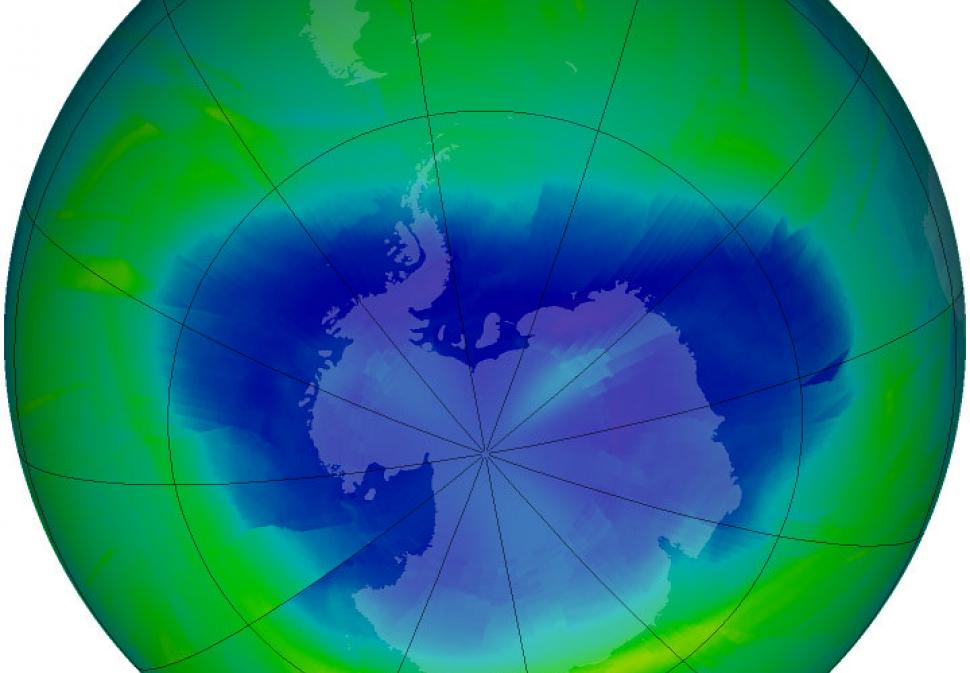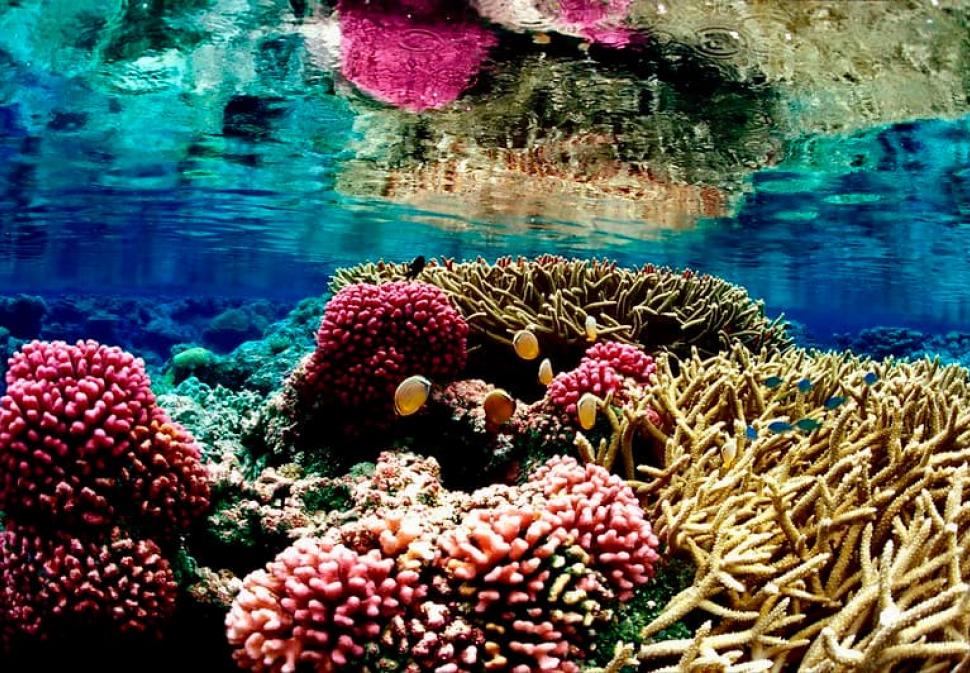|
עדכון (23.3.23): הודעה על פרסום מענה לשאלות הבהרה, כנס מציעים נוסף, סבב שאלות הבהרה נוסף ודחיית המועד האחרון להגשת הצעות
משרד החדשנות, המדע והטכנולוגיה (להלן: "המשרד"), מודיע בזאת על פרסום המענה לשאלות הבהרה במכרז לתכנון, הקמה, הפעלה ותחזוקה של מרכז תשתית לאומי ללווינות קטנה (להלן: "המכרז").
מצורפים למסמך המענה לשאלות הבהרה מסמכי המכרז המעודכנים (מכרז פומבי מס 24-2022 – להקמת מרכז תשתית לאומי ללוויינות קטנה - נוסח מעודכן לתאריך 15.3.2023, הסכם מכרז פומבי 24-2022 - להקמת מרכז תשתית לאומי ללוויינות קטנה – נוסח מעודכן לתאריך 15.3.2023, מכרז פומבי 24-2022 – מפל ניקוד מעודכן לתאריך 15.3.2023), הכוללים סימון השינויים.
מסמכי המכרז המעודכנים הינם הנוסח המחייב של המכרז.
המשרד מודיע בזאת על קיום כנס מציעים נוסף, סבב שאלות הבהרה נוסף ודחיית המועד האחרון להגשת הצעות, כמפורט להלן:
- כנס מציעים נוסף:
- כנס מציעים נוסף יתקיים באופן מקוון ביום שלישי, י"ג בניסן ה׳תשפ״ג, 4 באפריל 2023 בשעה 17:00. הזמנה וקישור אינטרנטי לכנס יופץ באתר האינטרנט של המשרד. לקבלת ההזמנה באופן ישיר ניתן לפנות בכתב באמצעות דואר אלקטרוני: smallsats@most.gov.il.
- שאלות הבהרה:
- שאלות הבהרה הנוגעות לפרטי המכרז, יש להפנות בכתב באמצעות דואר אלקטרוני: smallsats@most.gov.il (שאלות שיופנו בעל פה או בטלפון לא ייענו ולא יחייבו את המשרד). וזאת עד ליום שני, ג' באייר ה׳תשפ״ג, 24 באפריל 2023 בשעה 15:00.
- באתר האינטרנט של המשרד יפורסם מסמך מענה לשאלות ההבהרה לפני המועד האחרון להגשת ההצעה.
- הגשת ההצעה:
- הצעות למכרז יוגשו לתיבת המכרזים הממוקמת במשרד, רחוב קלרמון גנו 3 ירושלים, בניין ג', קומה שלישית, ליד חדר 302. את ההצעות יש להגיש עד ליום חמישי, י"ז בתמוז ה׳תשפ״ג, 6 ביולי 2023 בשעה 12:00.
- הודעות נוספות:
בכל מקרה של סתירה בין הוראות מודעה זו למסמכי המכרז, יגברו הוראות מסמכי המכרז.
מסמכי מכרז מתורגמים לשפה האנגלית יפורסמו אף הם בהקדם באתר האינטרנט של מינהל הרכש הממשלתי ובאתר האינטרנט של המשרד. הנוסח המחייב של המכרז הינו הנוסח בעברית שהופץ עם פרסום מודעה זו. הנוסח המתורגם לאנגלית הינו לצרכי נוחות בלבד.
*
משרד החדשנות, המדע והטכנולוגיה (להלן: "המשרד") , פונה בזאת לקבלת הצעות לתכנון, הקמה, הפעלה ותחזוקה של מרכז תשתית לאומי ללווינות קטנה (להלן: "המכרז").
המרכז ללווינות קטנה (להלן "המרכז") יהווה תשתית זמינה ומתקדמת בישראל למחקר, לפיתוח ולבדיקה של לווינים קטנים. המרכז יעניק שירותים למגוון רחב של גורמים – חברות תעשייה בתחום זה, חברות הזנק, גופי מחקר, מוסדות חינוך, ויוביל תכניות אקסלרציה, צ'אלנג'ים ועוד.
לצורך הקמת, הפעלת ותחזוקת המרכז, המשרד מפרסם מכרז זה, במסגרתו ייבחר ספק זוכה, אשר יידרש לתכנן, להקים, להפעיל, לתחזק ולממן (באופן חלקי כמוסבר במסמך המכרז) את המרכז.
תקופת ההתקשרות הינה ל- 6 שנים. בסיום תקופה זו למשרד יעמדו האופציות המפורטות בסעיף20 להסכם ההתקשרות. בחירת האופציה שתמומש תהיה בידי המשרד, באופן בלעדי.
המכרז מפורסם כמכרז פומבי עם בחינה דו שלבית, בהתאם להוראות תקנות 1א' ו-17ד' לתקנות חובת מכרזים, תשנ"ג-1993.
מסמכי המכרז יתורגמו לשפה האנגלית ויפורסמו בהמשך באתר האינטרנט של המשרד. הנוסח המחייב של המכרז הינו הנוסח בעברית המופץ עם הודעה זו. הנוסח המתורגם לאנגלית הינו לצרכי נוחות בלבד.
תנאי הסף המנהליים
מפורטים במסמכי המכרז.
תנאי סף מקצועיים
1. לפחות חבר אחד במציע, שהינו בעל אחזקה של לפחות 25% מאמצעי השליטה במציע, יעמוד בלפחות אחת מדרישות הניסיון להלן, על בסיס פעילות בארץ או בעולם :
1.1 עוסק במחקר ו/או פיתוח ו/או ייצור בתחום הלווינות שהיקף ההון המצטבר שגייס הינו לפחות 100 מ' $ או שמחזור הכנסותיו השנתי הינו לפחות 100 מ' $ בלפחות 3 מ-5 השנים שקדמו למועד פרסום המכרז.
1.2 ייצר לפחות 1 לוויין (קטן כמוגדר לעיל או גדול יותר), ששוגר לחלל במהלך 5 השנים שקדמו למועד פרסום המכרז.
1.3 בעל ניסיון בהפעלת מרכז ניסויים לתחום הלווינות הקטנה, המספק שירותי ניסויים ובדיקות ללווינים, הכוללים לכל הפחות: בדיקות הרעדה, בדיקות בתנור ובתא תרמי וואקום, ביצוע Outgazing, בדיקות Shock הלם מכני, בדיקה אקוסטית, בדיקות תאימות אלקרו מגנטית, בדיקות בחדר נקי, שירות הרכבות, בדיקות פונקציונאליות ללווין ושירות תחנת קרקע לבדיקות IoT, במשך 12 חודשים לפחות, במהלך 5 שנים שקדמו למועד פרסום המכרז.
1.4 עוסק במתן שירותי ניסויים ובדיקות לציוד אלקטרוני הכולל בדיקות הרעדה ובדיקות טרמיות בתנור, בעל היקף הכנסות העולה על 10 מיל' ₪ ב 3 מתוך 5 השנים שקדמו למועד פרסום המכרז.
1.5 מוסד אקדמי או מכון מחקר כמוגדר לעיל, שביצע מחקר בנושא פיתוח מערכות לטובת חקר החלל או פיתוח טכנולוגיות לשימושים חלליים, אשר הושלם במועד הגשת ההצעות.
2. המציע יציע מועמד לתפקיד מנהל המרכז בעל ניסיון באחד או יותר מהתחומים הבאים:
2.1 שימש בתפקיד ניהולי (מנכ"ל/ סמנכ"ל) של מרכז ניסויים במשך 24 חודשים לפחות, במהלך 10 השנים שקדמו למועד פרסום המכרז.
2.2 שימש כבעל תפקיד ניהולי בכיר, במשך 24 חודשים רצופים לפחות, במהלך 10 השנים שקדמו למועד פרסום המכרז, בחברה העונה על הדרישות המצטברות להלן:
2.2.1 החברה בה שימש בתפקידו עוסקת במחקר ופיתוח או ייצור של מערכות חלליות או לוויינים קטנים.
2.2.2 במסגרת תפקידו, ניהל לפחות 10 אנשי מקצוע, נכון לתקופה בה שימש מנהל המרכז המוצע בתפקיד הניהולי.
2.2.3 היקף ההון שגייסה הינו לפחות 50 מ' ש"ח או שמחזורה השנתי הינו לפחות 10 מ' ₪, ב 3 מתוך 5 השנים שקדמו למועד פרסום המכרז.
2.3 שימש כבעל תפקיד ניהולי בכיר (מנכ"ל/סמנכ"ל) במשך 24 חודשים רצופים לפחות, במהלך 10 השנים שקדמו למועד פרסום המכרז, בחברה העונה על הדרישות המצטברות להלן:
2.3.1 עוסקת במתן שירותי בדיקות סביבה לציוד אלקטרוני המספקת בין היתר שירותי בדיקות הרעדה ובדיקות טרמיות בתנור.
2.3.2 בעלת היקף הכנסות העולה על 10 מיל' ₪ ב 3 מתוך 5 השנים שקדמו למועד פרסום המכרז.
1. הגשת ההצעה:
1.1 הצעות למכרז יוגשו לתיבת המכרזים הממוקמת במשרד, רחוב קלרמון גנו 3 ירושלים, בניין ג', קומה שלישית, ליד חדר 302. את ההצעות יש הצעות עד ליום חמישי, כט׳ בניסן ה׳תשפ״ג, 20 באפריל 2023 בשעה 12:00.
1.2 כנס מציעים יתקיים באופן מקוון ביום חמישי, כ"ג בחשון ה׳תשפ״ג, 17 בנובמבר 2022 בשעה 16:00. הזמנה וקישור אינטרנטי לכנס יופץ באתר האינטרנט של המשרד. לקבלת ההזמנה באופן ישיר ניתן לפנות בכתב באמצעות דואר אלקטרוני: smallsats@most.gov.il.
1.3 שאלות הבהרה הנוגעות לפרטי המכרז, יש להפנות בכתב באמצעות דואר אלקטרוני: smallsats@most.gov.il (שאלות שיופנו בעל פה או בטלפון לא ייענו ולא יחייבו את המשרד). וזאת עד ליום חמישי, כ״א בכסלו ה׳תשפ״ג, 15 בדצמבר 2022 בשעה 15:00.
1.4 באתר האינטרנט של המשרד יפורסם מסמך מענה לשאלות ההבהרה לפני המועד האחרון להגשת ההצעה.
1.5 נוסח מלא ומחייב של המכרז מתפרסם באתר האינטרנט של מינהל הרכש הממשלתי בכתובת: www.mr.gov.il
1.6 בכל מקרה של סתירה בין הוראות מודעה זו למסמכי המכרז, יגברו הוראות מסמכי המכרז.
1.7 ההתקשרות כפופה לזמינות תקציבית
|


